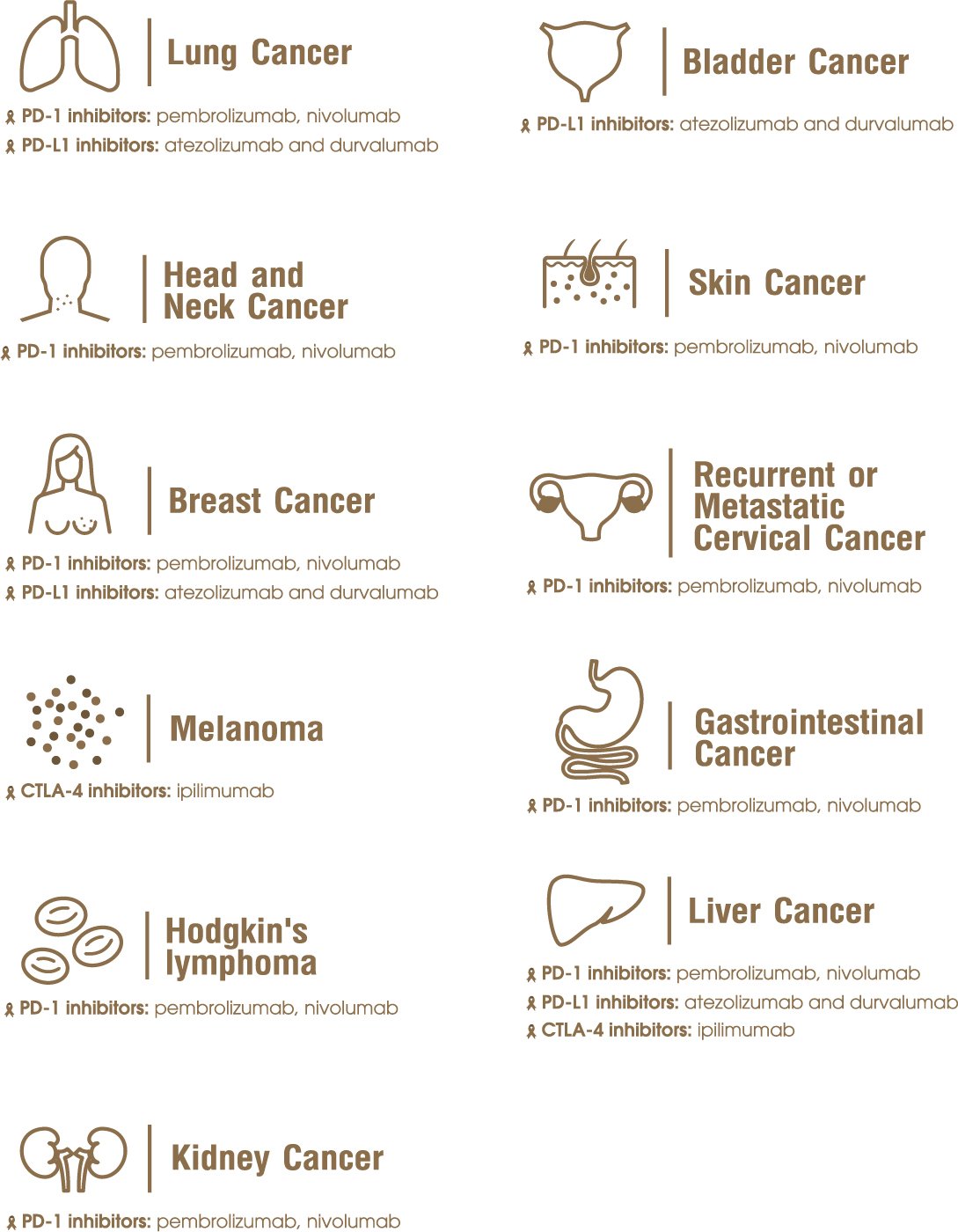It would not be an overstatement to say past decade has been the grand opening of immunotherapy. Ever since it arrived, this novel treatment approach ushered in a mortality rate decline of 7 percent annually for skin cancer. Aside from the effectiveness in its core feature--killing cancer--its steady rise in popularity can also be attributed to low side effects. Instead of using the blunt-foreign-object approach to deal with cancer, immunotherapy stimulates the immune system into ridding the body of cancer by itself.
Normally, the white blood cells are the frontline troops who spring into action when the body detects a foreign invader. But problems occur when the cancer cells know how to trick white blood cells into believing that the cancer is harmless. Enter immunotherapy, which was conceived to rectify this by stimulating the immune system. Because the cancer-killing operation was conducted by the body’s native antibodies rather than a foreign force such as chemotherapy or radiotherapy, the side effects are reduced to a bare minimum.

As it stands today, immunotherapy fights cancers by boosting the effectiveness of white blood cells in various ways. Shining brightest among these various immunotherapy approaches—at least for the time being—is the immune checkpoint inhibitor. Immune “checkpoints” are proteins in T-cells (a type of white blood cells) that are activated or inactivated the T-cells response to the foreign cells. If the T-cells do not know when to be turned off, they can start to destroy healthy cells, which leads to autoimmune diseases. Many types of cancer cells release certain chemicals to switch off these checkpoints within the immune system, rendering these T-cells inert in the face of cancer. The immune checkpoint inhibitor thwarts this sneaky behavior by the cancer cells, allowing the immune system to effectively wipe the cancer out as it was designed to do naturally. The immune checkpoints currently targeted are as follows:
- PD-1 (programmed death protein 1)
The protein can be found on the surface of T-cells which, when activated, actively search for and destroy cancer cells. This is the target of the first immune checkpoint inhibitor medication approved, and now comes in variants to fight many different kinds of cancer.
- PD-L1 (programmed death-ligand 1). This protein exists on the surface of cancer cells. When the PDL-1 protein pairs up with the PD-1 protein above, it switches off the checkpoint that would otherwise activate the body’s T-cells. Inhibiting the PD-L1 protein allows the T-cells to do their job.
- CTLA-4. This protein is found on the surface of the T-cell itself. When the protein is inhibited the T-cells will start working continuously.
And the list of cancers which can be treated with each type of immune checkpoint inhibitors can be found below:

Figure 1: Immunotherapy vs Cancer
Immunotherapy is a medical innovation that is both effective and safe, but it is by no means a universal cure. It is best that a physician with the appropriate experience and expertise in immunotherapy and other treatment methods is consulted as a holistic, yet targeted approach is what yields the best treatment outcomes for our patients. And that, is always at the heart of what Horizon Regional Cancer Center do.
For more information please contact:
Last modify: May 05, 2025